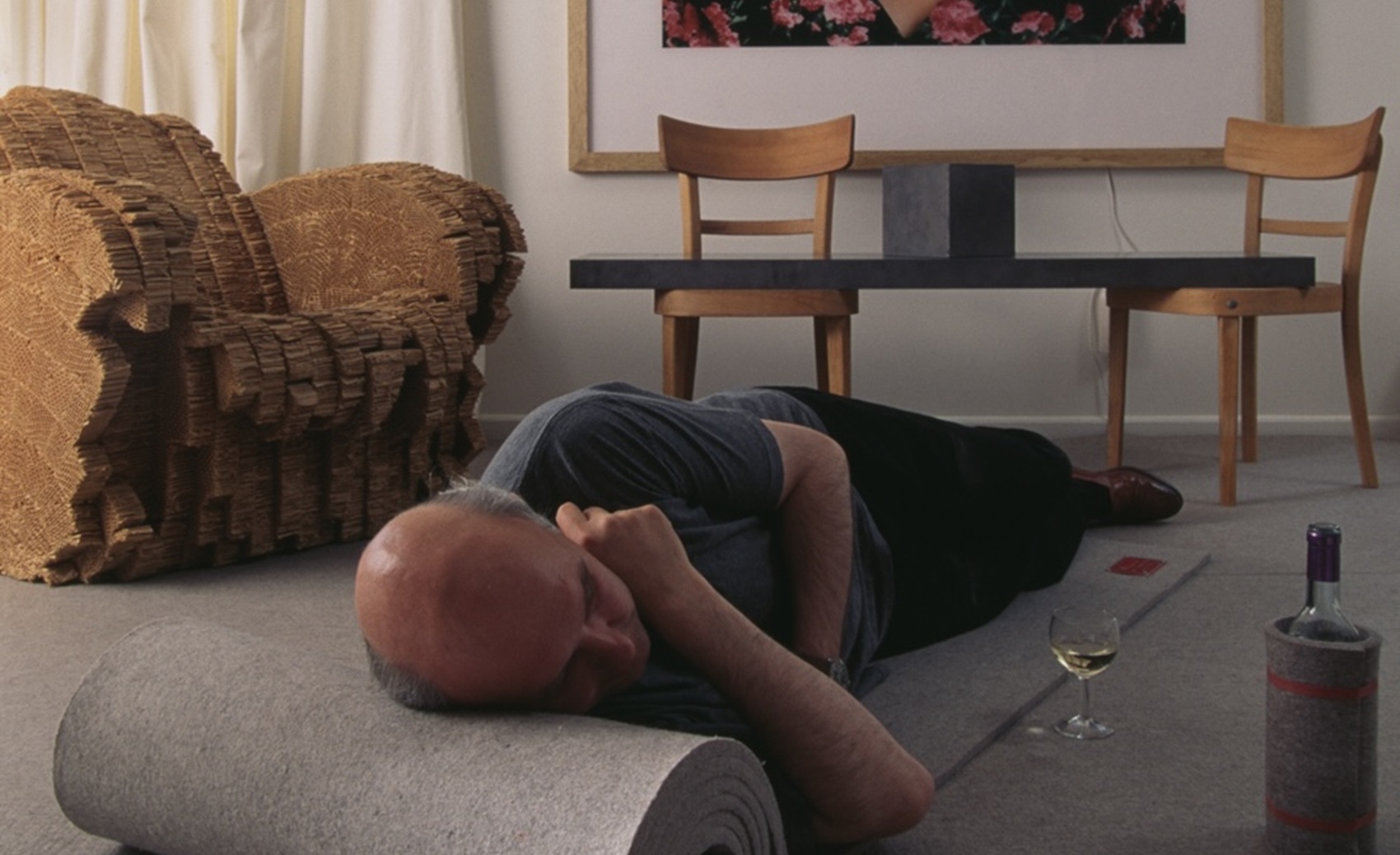
Rolf Sachs and the Art of Sensory Provocation
In a world increasingly seduced by the sterile spectacle of digital artifice, Rolf Sachs offers a rare reprieve: a visceral, tactile, and profoundly human body of work that defies categorization and insists on being felt.

With be-rühren, Kunsthalle Schweinfurt stages Sachs’s most comprehensive institutional exhibition to date – a sprawling, 150-piece testament to an oeuvre as bold as it is intellectual.
Occupying the entirety of the museum’s ground floor, the exhibition avoids chronology in favor of an emotive and material narrative. Here, one does not observe; one is summoned to feel. The title – be-rühren – is no idle wordplay. A clever riff on the German verb for “touch,” it encapsulates the exhibition’s central conceit: a sensorial seduction, equal parts poetic and provocative.
From his now-iconic Koln Half Chair (1992) to the photography of the Camera in Motion series, Sachs moves effortlessly between disciplines, treating materials not as motionless media but as partners in dialogue. His tendency of transforming quotidian objects into meditations on fragility and absurdity is on full display – from hay-filled vitrines to bronze-cast pine branches.

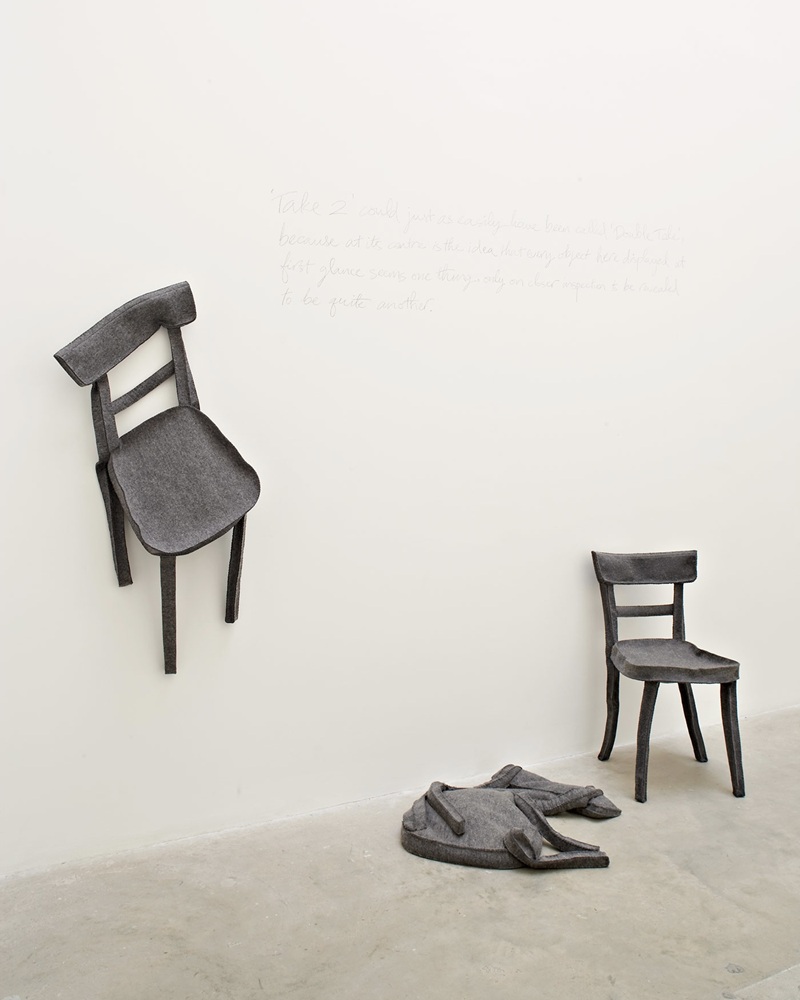
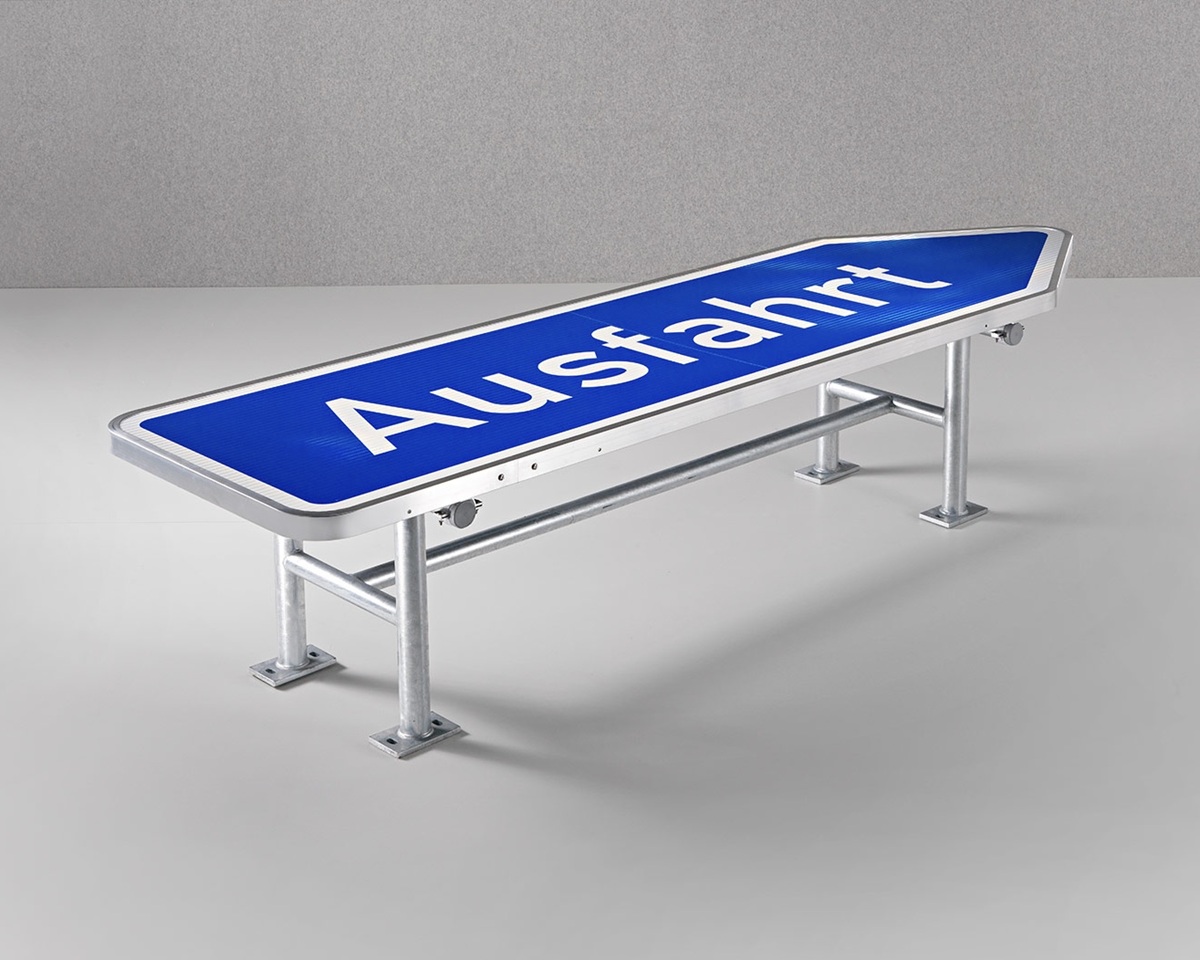

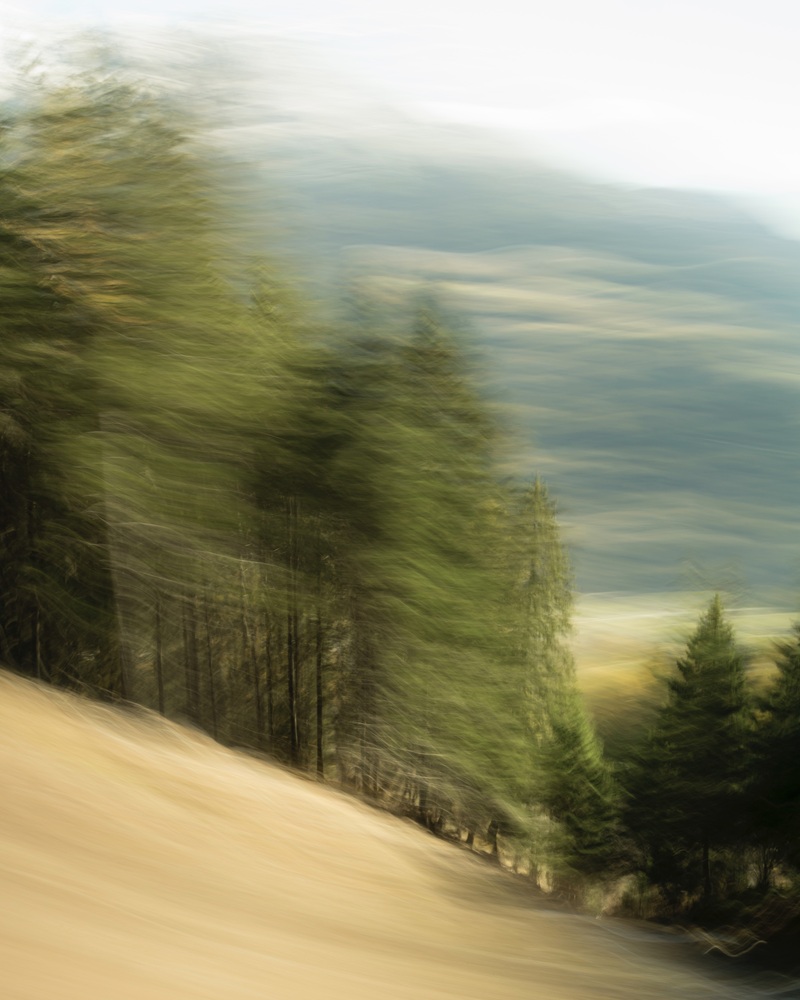
Of particular note is the reintroduction of Sachs’s modular furniture series p-arts + fun c’tion – seen for the first time in over three decades. Constructed without nails or screws, these works revel in their own structural defiance – a playful yet cerebral dismantling of design orthodoxy. It is the sort of furniture one might find in a Bauhaus fever dream: precise, absurd, and oddly intimate.



And then, the paintings emerge: unfiltered, instinctive, and stripped of pretense. Since 2020, Sachs has thrown himself into this new mode of expression, creating canvases that are as much emotional outbursts as they are aesthetic compositions. His Touchée series, painted directly with his fingers, possesses a gestural sincerity that is rare in an art world so often imprisoned by irony.
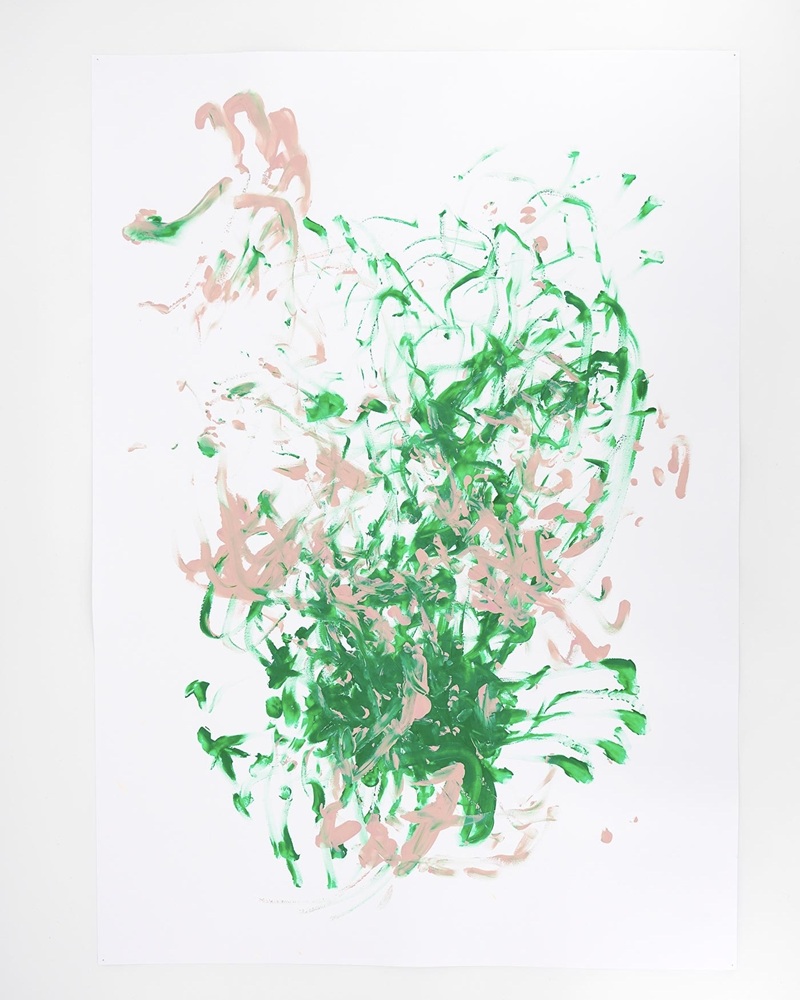
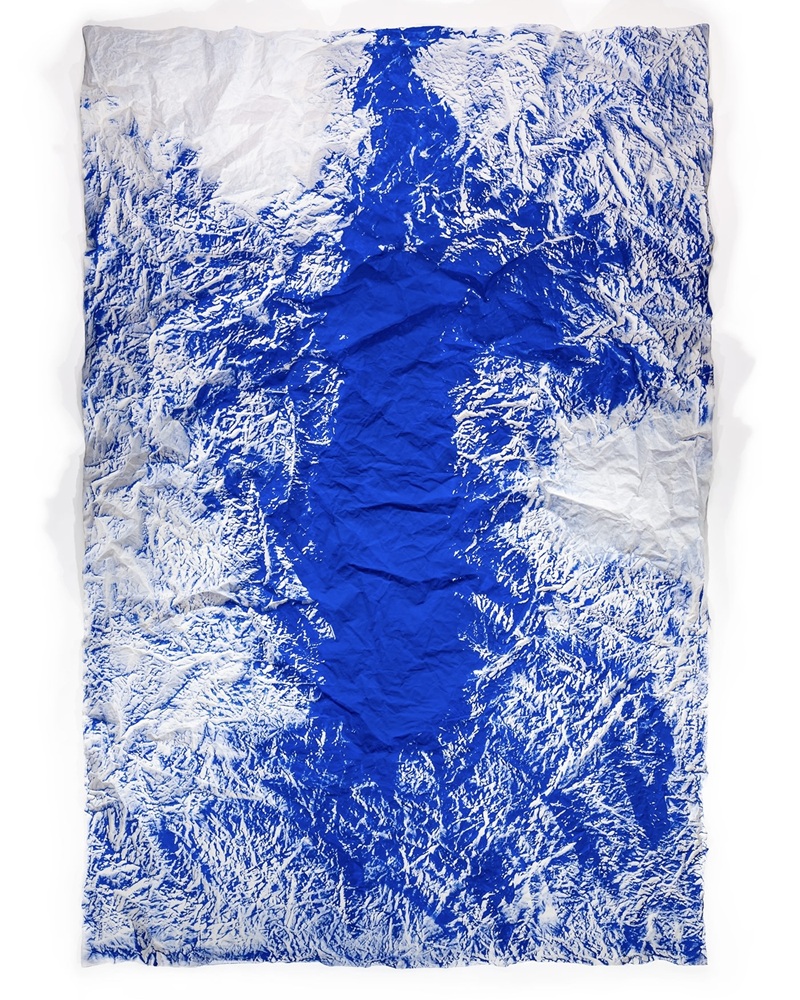

Ultimately, be-rühren is less a retrospective than it is a living, breathing portrait of an artist compelled by instinct and intellect alike. It is, quite simply, a triumph of sensibility over spectacle – and a reminder that art, at its most potent, does not demand comprehension. It demands contact.


author JUAN LUCA WICK
images COURTESY OF ROLF SACHS

